Many of the world’s oldest cities have existed for thousands of years, serving as important cultural, political, and trade centers. These have survived the rise and fall of empires, wars, and natural disasters, yet they continue to be inhabited today. These places offer a glimpse into humanity’s earliest urban settlements, and each one has its own unique story, shaped by diverse civilizations and cultural exchanges. Despite their age, they remain vibrant centers of activity, preserving centuries of human history.
Luxor, Egypt
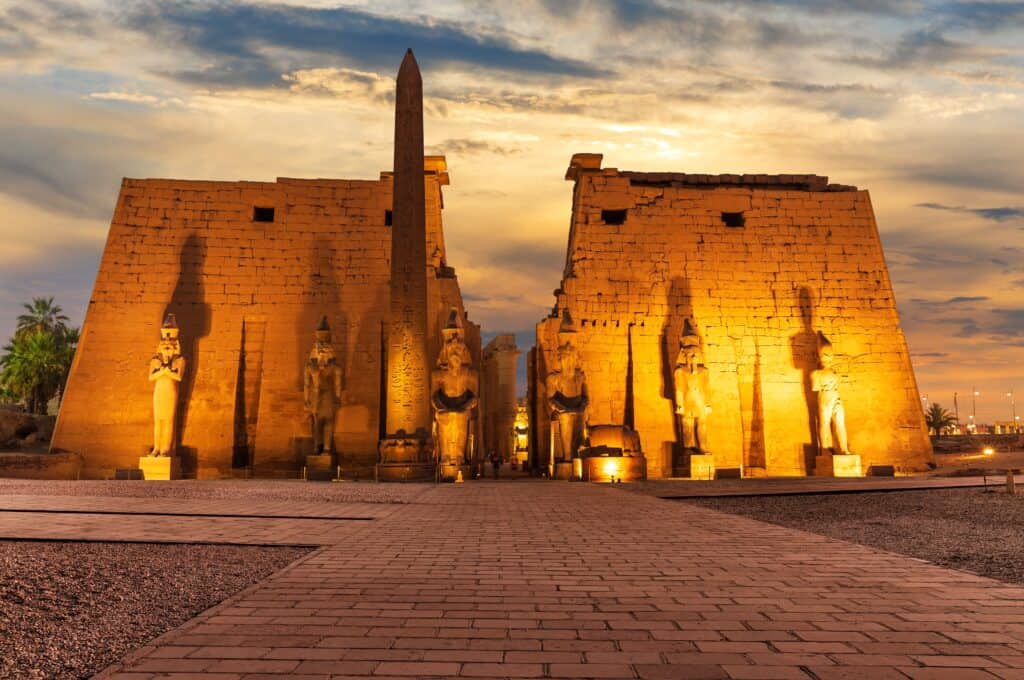
Luxor, located in southern Egypt, was founded around 2150 BCE and originally known as Thebes in ancient times. It became the capital of Egypt during the Middle and New Kingdoms, reaching its peak as a political and religious center. It is home to several monumental structures, including the Karnak Temple Complex and the Valley of the Kings, where many pharaohs were buried. Today, it has a population of approximately 1.3 million people and is a popular destination for tourists due to its rich history and archaeological sites. Its location along the Nile River made it an important hub for trade and agriculture. Its association with the worship of the god Amun led to the construction of impressive temples and tombs that continue to captivate visitors today. The preservation of these ancient monuments has helped it maintain its status as a UNESCO World Heritage site.
Sidon, Lebanon
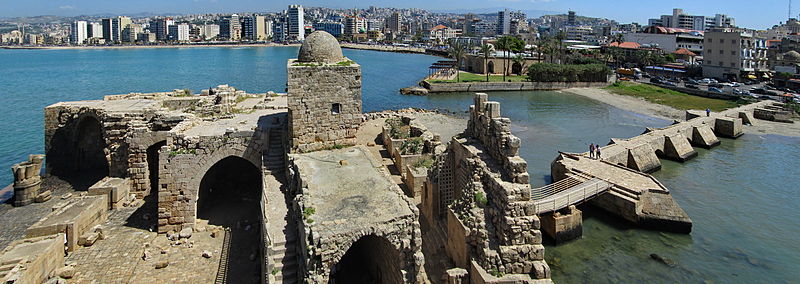
Sidon, a coastal city in modern-day Lebanon, has been inhabited since around 4000 BCE. As one of the most important cities of the ancient Phoenician civilization, it was renowned for its production of glass and purple dye from the murex shell. Its strategic position along the Mediterranean coast made it a vital center for maritime trade and cultural exchange. It was frequently mentioned in ancient texts and was visited by notable historical figures such as Alexander the Great and St. Paul. Today, it has a population of about 80,000 people and is known for its historical landmarks, including the Sea Castle built by the Crusaders in the 13th century. Despite its small size, it played a crucial role in the spread of Phoenician culture and the development of maritime technology.
Susa, Iran
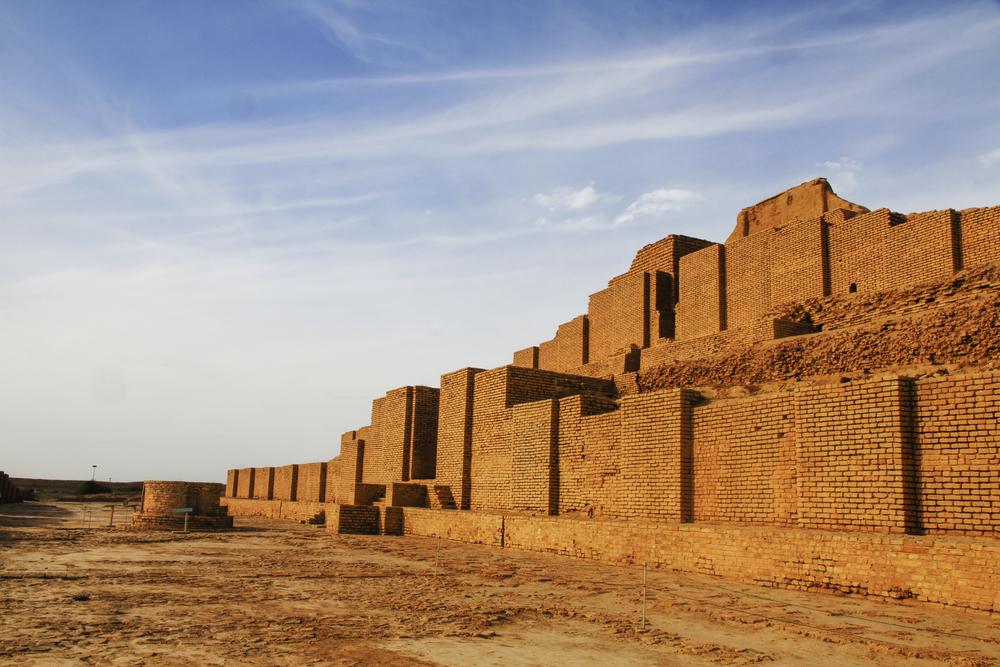
Susa, located in southwestern Iran, was founded around 4200 BCE and became a prominent center of the Elamite, Persian, and Parthian empires. Its strategic position between Mesopotamia and the Iranian plateau made it a cultural and commercial hub. It is mentioned in several ancient texts, including the Old Testament, where it is referred to as Shushan. In its prime, it featured grand palaces and temples, notably the Palace of Darius, a masterpiece of Achaemenid architecture. Today, its ruins are a major archaeological site, attracting historians and tourists alike. Although modern Susa has a smaller population compared to its ancient past, its historical significance remains unmatched. Its role in bridging diverse civilizations contributed to its wealth and cultural richness, making it one of the ancient world’s most influential cities.
Beirut, Lebanon
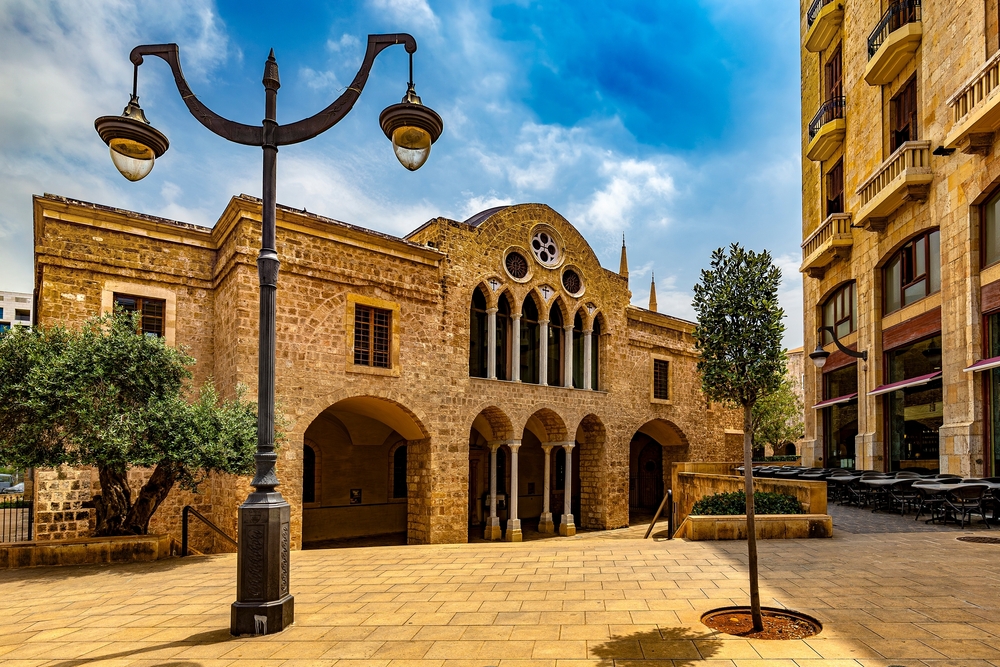
Beirut, the capital of modern-day Lebanon, has been continuously inhabited since around 5000 BCE. Its strategic location along the Mediterranean coast made it an important trading port throughout its history. It was mentioned in Egyptian texts as early as the 14th century BCE and became a prominent Roman colony in 15 BCE. It thrived as a cultural and intellectual center under Roman rule, and its Roman law school was renowned in antiquity. Despite being severely damaged by earthquakes and later wars, it rebuilt and grew into a major urban center. Today, it has a population of around 2.4 million people and is known for its vibrant culture and history. Its complex history has left a unique architectural blend, from Roman ruins to Ottoman-era buildings, attracting visitors interested in its storied past.
Argos, Greece
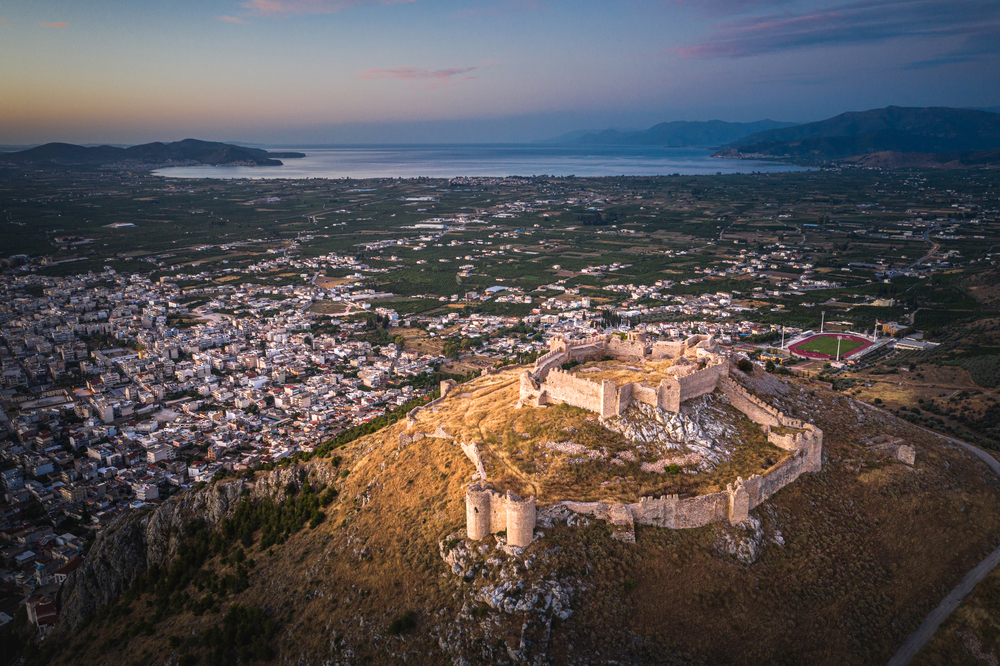
Argos, located in the Peloponnese region of Greece, has been continuously inhabited since around 5000 BCE, making it one of the oldest cities in the world. In ancient times, it was a powerful city-state and played a significant role in Greek mythology, being the home of heroes like Perseus. It was a major center during the Mycenaean period and later became a rival to Sparta for dominance over the Peloponnese. It experienced prosperity under Roman and Byzantine rule, contributing to its long-standing cultural importance. Today, it has a population of around 22,000 people, and its economy is primarily based on agriculture, with a focus on olives and citrus fruits. It is home to several ancient ruins, including the Heraion of Argos and the Larisa fortress.
Athens, Greece
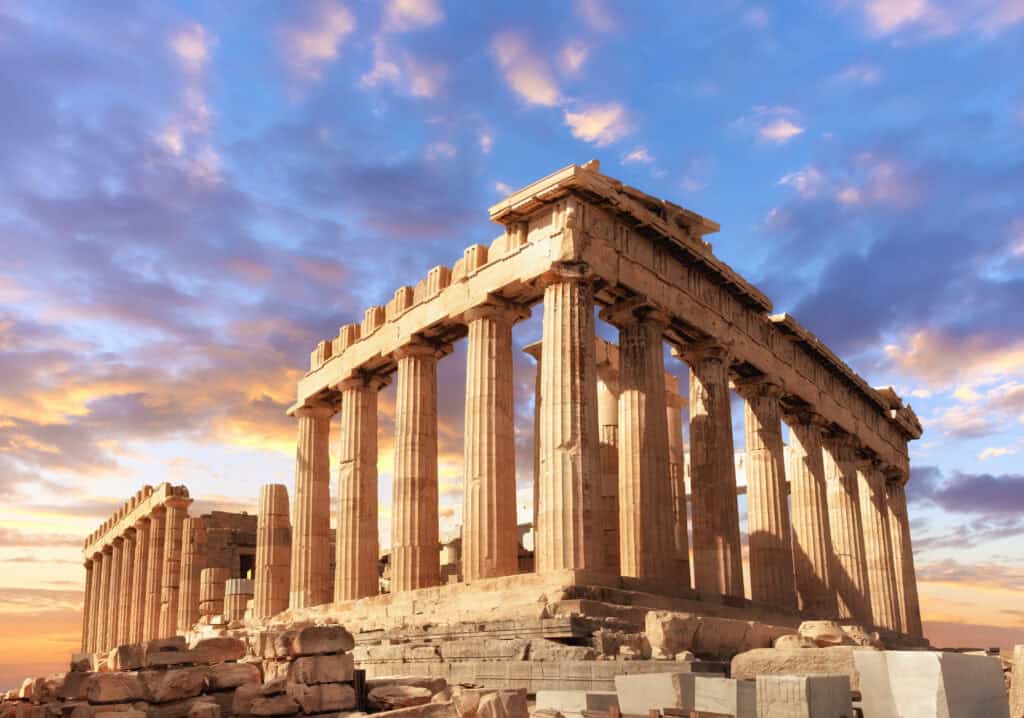
Athens has been continuously inhabited since around 5000 BCE and is one of the oldest cities in Europe. Known as the cradle of Western civilization, it was a center of philosophy, arts, and democracy. Its most famous landmark, the Acropolis, is a testament to its glorious past during the 5th century BCE. Today, it has a population of around 3.2 million people and remains a key cultural and economic hub in Greece. Over the centuries, Athens flourished under Roman, Byzantine, and Ottoman rule, each leaving its mark on the city’s architecture and culture. The modern city blends ancient ruins with bustling urban life, making it a major tourist destination. Despite its age, it continues to grow and adapt, symbolizing both historical depth and contemporary resilience. Its warm Mediterranean climate, combined with historical landmarks, makes it an attractive location for visitors from around the world.
Aleppo, Syria
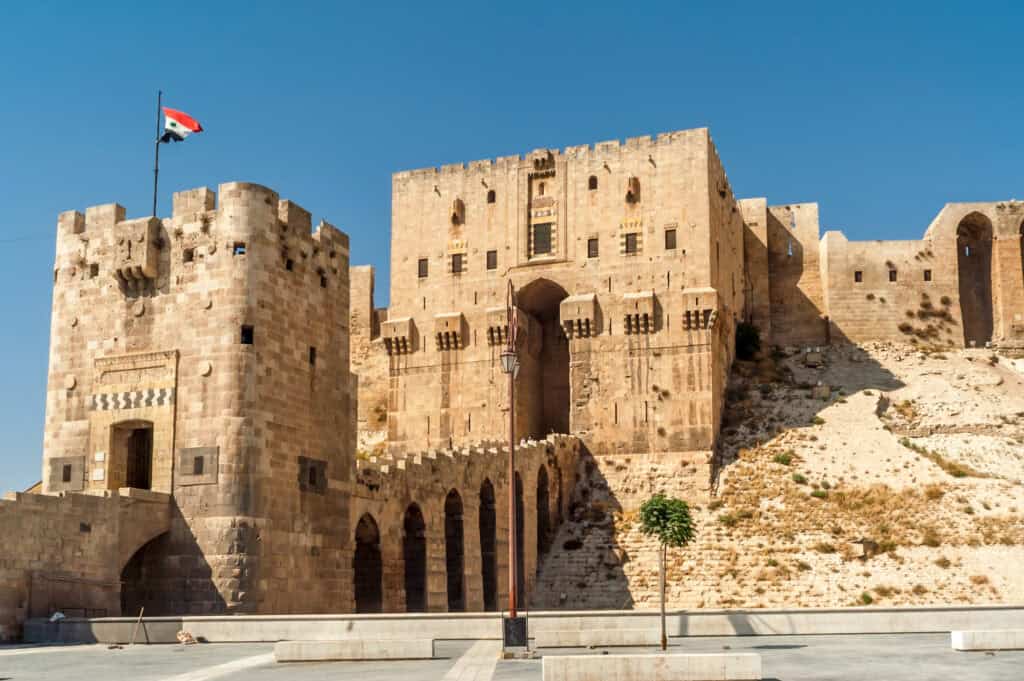
Aleppo is one of the world’s oldest cities, with a history dating back to 5000 BCE. Located in northern Syria, it served as a major trading hub along ancient trade routes such as the Silk Road. Its strategic location between Mesopotamia and the Mediterranean made it a crossroads of various empires, including the Hittites, Assyrians, and Ottomans. Its ancient landmarks, such as the Citadel of Aleppo, have been recognized as UNESCO World Heritage sites. Today, it has a population of over 2 million, although the Syrian Civil War has caused significant damage to its infrastructure and cultural heritage. Despite the challenges, efforts are being made to restore the city to its former glory. Its historic role in trade, particularly in silk and spices, contributed to its wealth and prominence. In recent years, the city has begun to rebuild, focusing on preserving its historical identity while adapting to modern needs.
Byblos, Lebanon
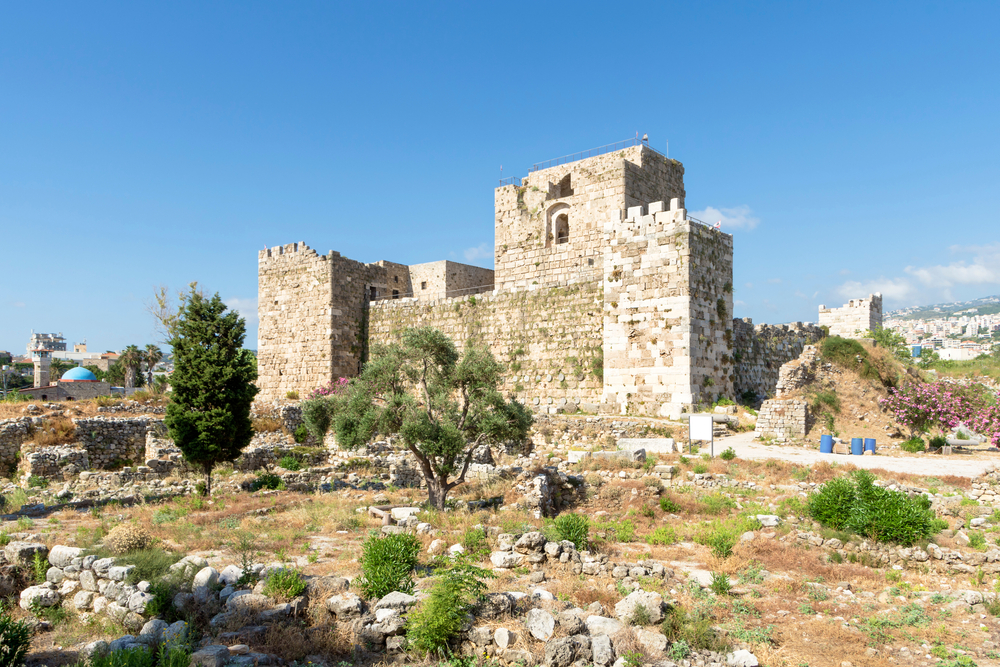
Byblos, located on the Mediterranean coast of modern-day Lebanon, has been continuously inhabited since around 5000 BCE. It was originally founded as a small fishing village but grew into a significant center of the Phoenician civilization. It is credited with being the birthplace of the Phoenician alphabet, which later influenced Greek and Latin scripts. It played an important role in the trade of cedarwood and papyrus with Egypt. Today, Byblos is a UNESCO World Heritage site, known for its well-preserved ruins and historical landmarks. With a population of around 100,000, it continues to thrive as a cultural and tourist destination. Its archaeological significance and contributions to ancient trade make Byblos one of the most important cities in the ancient Mediterranean world. The city’s layered history, from Phoenician to Roman times, provides a unique glimpse into early urban development.
Faiyum, Egypt
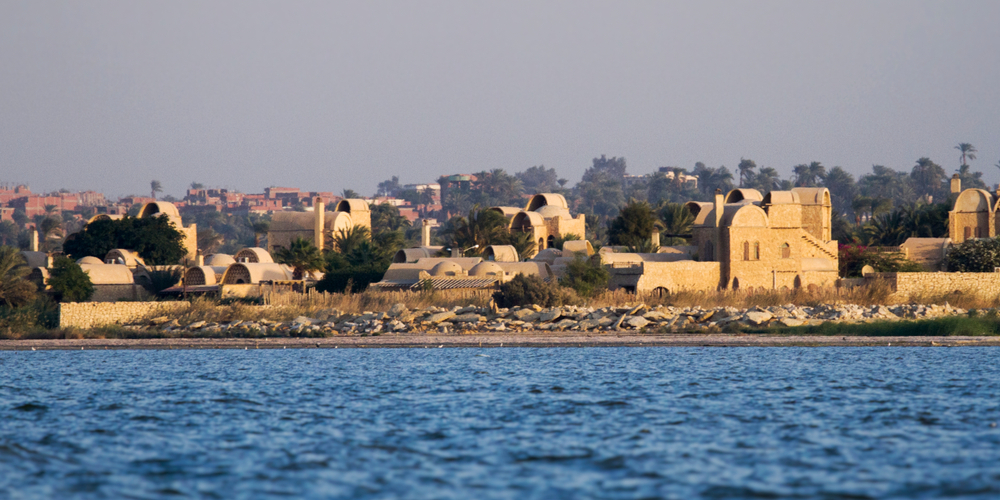
Faiyum, located in Egypt, has been continuously inhabited since around 5200 BCE. This city was originally known as Shedet and later renamed Crocodilopolis by the Greeks, in honor of the crocodile god Sobek. Situated southwest of Cairo, its fertile land and irrigation system allowed it to thrive as an agricultural hub during the Ptolemaic and Roman periods. Today, it has a population of approximately 433,000 people, and its economy still relies heavily on agriculture. The area is also famous for its archaeological sites, including the Lahun Pyramids and the Valley of the Whales, a UNESCO World Heritage site. Its ancient irrigation methods helped transform Egypt into one of the most agriculturally advanced regions of the ancient world.
Plovdiv, Bulgaria
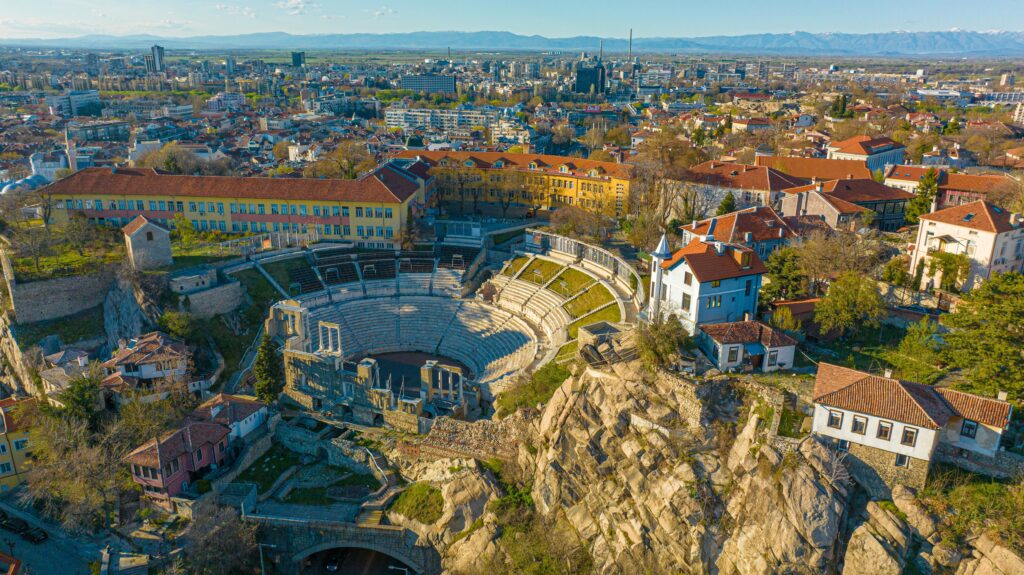
Plovdiv, located in modern-day Bulgaria, has been inhabited since around 6000 BCE. It is the second-largest city in the country and a cultural hub with a rich history that spans thousands of years. It was originally a Thracian settlement, and over time, it became a significant center under the Romans, Byzantines, and Ottomans. Its well-preserved Roman amphitheater and old town are key attractions, drawing tourists from around the world. With a current population of about 350,000 people, it continues to thrive as a cultural capital. It was designated as a European Capital of Culture in 2019, showcasing its artistic and historical significance. Its ancient history, combined with its vibrant contemporary culture, makes it one of Europe’s most interesting cities. Its role as a crossroads for civilizations has left a diverse cultural legacy, reflected in its architecture and art.
This article originally appeared on Rarest.org.
More from Rarest.org
10 Oldest Gymnasts In The World Ever

Gymnastics is a sport known for its demands on agility, strength, and youthful energy. However, some gymnasts have defied the odds and continued competing or remaining involved well into their later years. Read More.
Top 10 Largest Cat Breeds Around the World

Cats come in many shapes and sizes, but some stand out for their impressive stature. The largest cat breeds in the world are known for their size, strength, and often gentle nature. Read More.
16 Endangered Plant Species with Unique Survival Strategies

Endangered plants have developed incredible ways to survive in extreme conditions, adapting to their environments in ways that are both fascinating and essential to their survival. Many of these species face the threat of extinction due to habitat loss, climate change, and human activities. Read More.
